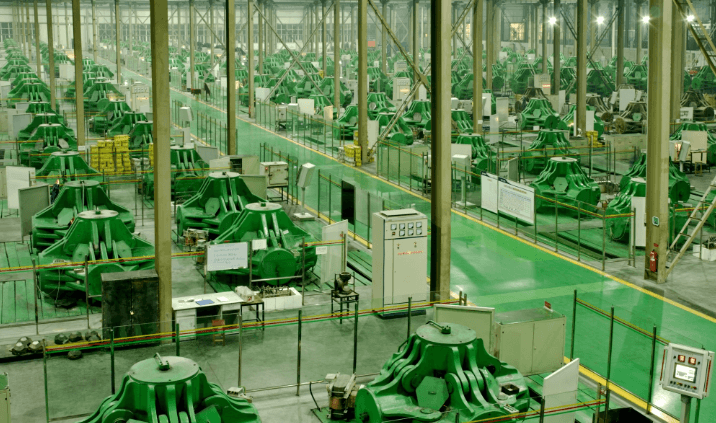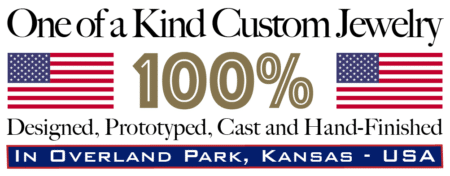No Lab Grown Love at House of Diamonds
Our Diamonds Come From The Same Depths As True Love
Now that lab-grown diamonds are becoming more available on the market, many reputable (and not-so-reputable) jewelers are abandoning the true original, for something created in a factory. Not House of Diamonds.
We refuse to put profits above passion, and we’re passionate about the genuine article – natural diamonds that are a rare gift from our precious planet. And we’re even more passionate about our customers who put their trust in us to take care of them.
There’s more than one reason for our hardline position on this subject, too.
Do you really want to say “Till Death Do Us Part” with lab-grown love?
For all of us hopeless romantics devoted to true love and timeless tradition, nothing expresses complete and infinite adoration like a brilliantly sparkling diamond that journeyed millions of years to represent your love and will endure forevermore. Somehow, lab-grown love just doesn’t compare.
There is a difference between mined and lab-grown diamonds.
Let’s examine the differences between naturally-formed and manufactured diamonds, and then I’m going to dispel a few myths that have been misinforming people for far too long.
I won’t get into the complex science here, but natural or mined diamonds only come from deep within the earth and are millions, even billions of years old. To explain in the simplest terms, they’re created by just the right combination of extreme heat and pressure and through centuries of volcanic action are brought to the earth’s surface. While most natural diamonds are white, there are also rare and exquisite diamonds of other colors like yellow, pink and blue.
Manufactured diamonds are cultivated in a lab. They do share the same basic chemical and physical makeup as natural diamonds, even though they take only weeks to create. However, not only do lab-grown diamonds often have to be chemically treated to give them their white color, but their inclusions come from pressure points and the metals used in the creation process as opposed to the natural inclusions in mined diamonds, which are caused by minerals and other natural, organic materials.
To me, these qualities make lab created diamonds intrinsically different from the earth’s naturally formed diamonds. And while most may not be able to immediately see the difference with the naked eye, the differences can be detected. In fact, if you are concerned that a diamond that was represented to you as a natural diamond might be a manufactured diamond, bring it to our shop and we can let you see for yourself.
Separating myths from reality.
There are more than a few myths that have become very persuasive marketing tactics used to drive people towards purchasing lab-grown diamonds instead of mined diamonds. So, I’d like to share some powerful truths with you.
Myth:
If you buy a mined diamond, you’re helping to fund wars and unethical labor and mining practices.
Fact:
Conflict diamonds (also called blood, red or war diamonds) make up less than 1% percentage of the diamonds available around the world, and ZERO percent of the diamonds we buy. We source our diamonds from non-conflict countries and from modern mines that promote sustainable mining practices.
It’s also worth mentioning here that diamond mines are a major source of employment and income in very poor countries, in some cases practically the only source of income. Your support makes a big impact where it’s needed.
Myth:
Lab-grown diamonds are a better value than natural diamonds.
Fact:
While this line of reasoning seems sensible due to what can sometimes be a noticeable price difference up front, in the long-term it’s not. As an evolving technology, lab created diamonds hold their value about as well as your cellphone holds its value. If a future financial need arises and you need to sell it, there is no market for used lab diamonds nor is there any trade-up value.
On the other hand, the value of natural diamonds has historically appreciated over time. So while you might spend more on the initial purchase, they’ve historically proven to be a worthwhile investment. Thus in a financial crisis, you have options.
Myth:
Lab-grown diamonds are more eco-friendly than mined diamonds.
Fact:
Factory diamond creation consumes a lot energy. In fact, recent studies have demonstrated that carbon emissions per carat on manufactured diamonds are substantially higher than those associated with natural diamonds – up to 40 percent – making a natural diamond a greener choice from an energy standpoint.
On top of this, natural diamonds are constantly being recycled, be it by passing from one generation to the next or by placement into a new setting. Lab diamonds are more vulnerable to replacement by a newer diamond, just like replacing your cellphone with better technology. And like your cellphone, the trade-in value is next to zero.
And for those of you who prefer to support more ethical business practices, you’ll be interested to know that the majority of manufactured diamonds are produced in Chinese and Russian factories.
The House of Diamonds commitment.
These are just some of the bigger reasons we remain steadfast in our loyalty to natural diamonds. If you’d like to learn more, call us! Or better yet, come in and visit.
Lab-grown love is a compromise we refuse to make. Our diamonds will always be the top 5%, created by our beautiful earth, and properly representative of your true, undying love for the ages.




